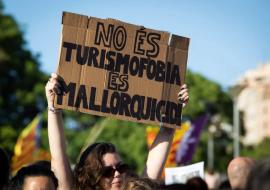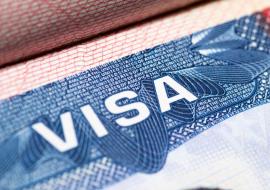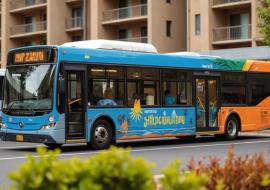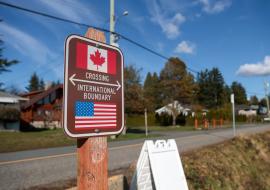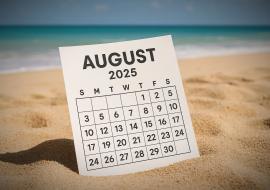How the Netherlands Is Quietly Luring American Tourists Away from Amsterdam
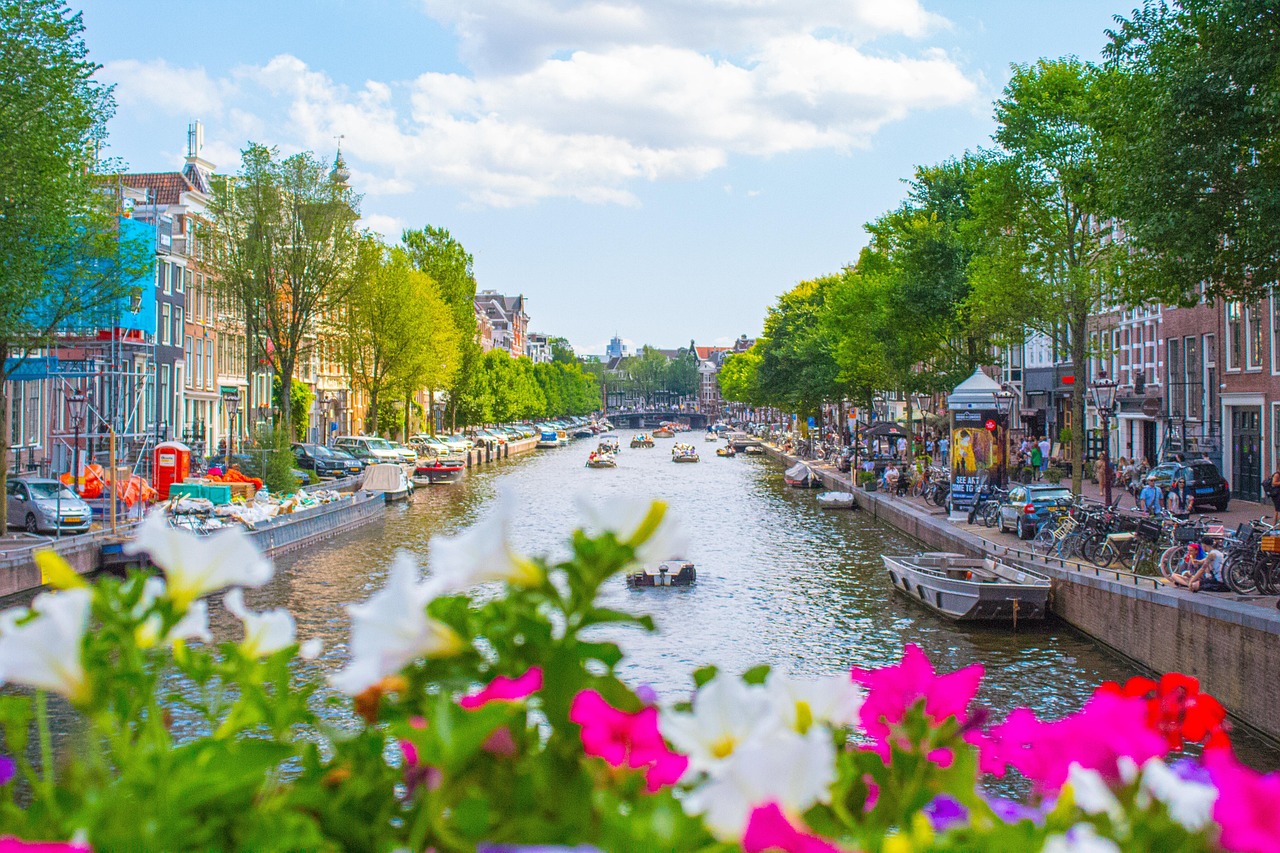
While the U.S. grapples with a sharp decline in international visitors, the Netherlands is taking a more strategic—and subtle—approach to attract U.S. tourists this summer. Instead of focusing on Amsterdam, which has long struggled with overtourism, Dutch tourism officials are shifting attention toward lesser-known destinations, sustainable travel, and personalized experiences that resonate with American values and travel trends.
In a coordinated effort launched just before the Fourth of July holiday, the Netherlands joined seven other countries—including Canada, France, Spain, and Greece—in a campaign to position Europe as a safe, culturally rich, and welcoming destination for Americans. While other nations are rolling out red carpets, the Dutch are laying cobblestones toward Zeeland’s quiet coastlines, Friesland’s serene lakes, the Veluwe’s forested trails, and historic cities like The Hague and Utrecht.
Central to the Netherlands’ strategy is a deliberate effort to ease the burden on Amsterdam. Since tightening short-term rental regulations, the city has seen a drop from 2.5 million nights in 2019 to 1.4 million in 2024, according to DutchNews.nl. In contrast, the rest of the country recorded over 11 million rental nights last year—setting a new record and showing that regional promotion is paying off.
By limiting rentals and discouraging mass tourism in the capital, the country is nudging visitors toward “hidden Dutch gems”—destinations that offer authentic charm without the crowds. In cities like The Hague, new properties such as the art-deco Hotel De Plesman are positioning themselves as affordable, stylish alternatives to Amsterdam, complete with beach access and cultural landmarks.
Appealing to U.S. Travel Values
The Netherlands is carefully tapping into American travelers’ increasing interest in sustainability and unique experiences. The campaign focuses on:
-
Eco-friendly travel: Encouraging train journeys, cycling tours, and carbon-neutral accommodations.
-
Cultural authenticity: Highlighting local traditions, historic towns, and nature-based escapes.
-
Smart targeting: Using data-driven marketing and geo-targeted ads to reach U.S. travelers actively planning European vacations.
According to the Netherlands Board of Tourism & Conventions (NBTC), partnerships with global tech firms like Amadeus are fueling these campaigns, applying AI and analytics to identify and convert high-value American tourists.
Interestingly, domestic tourism in the Netherlands is also on the rise, with holiday spending reaching €15.3 billion last year—about €1,500 per person. This trend further validates a strategy that promotes regional exploration and spreads tourism more evenly across the country.
In contrast to countries struggling with image or policy issues—such as the U.S., which is projected to lose up to $29 billion in visitor revenue in 2025—the Netherlands offers a model for tourism resilience and reinvention. By quietly luring American tourists with quality over quantity, the Dutch are not just diversifying their tourism portfolio, but also building a sustainable future for one of Europe’s most visited nations.







